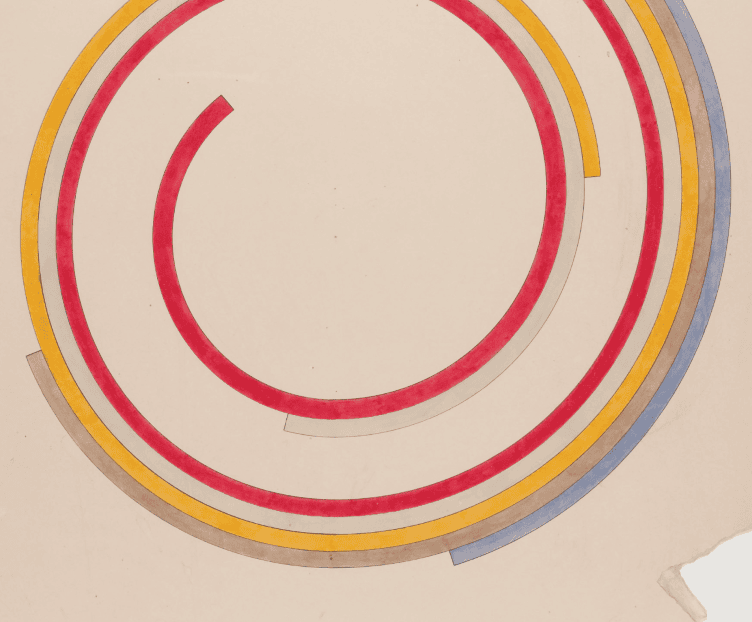This resource was developed as part of the AHA’s Globalizing the US History Survey project.
By Sarah Grunder
Institution: Suffolk County Community College
Location: Brookhaven, NY
Year: 2016
Paper Assignment: Localizing Global Encounters, Case Study: New Netherland/New York
What is now New York (and Long Island and Manhattan, specifically) was once the haunt of “explorers, entrepreneurs, pirates, prostitutes, and assorted scalawags from different parts of Europe who sought riches on this wilderness island …We are used to thinking of American beginnings as involving thirteen English colonies – to thinking of American history as an English root … [this] is to ignore another European colony, the one centered on Manhattan, which predated New York … its muddy lanes and waterfront were prowled by a Babel of peoples – Norwegians, Germans, Italians, Jews, Africans (slave and free), Walloons, Bohemians, Munsees, Montauks, Mohawks, and many others – all living on the rim of empire, struggling to find a way of being together, searching for a balance between chaos and order, liberty and oppression.”
– Russell Shorto, Island at the Center of the World (p. 4)
This paper assignment has three major parts: 1. a list of sources for you to read and study along with guiding questions on each reading; 2. a mapping exercise; and 3. the five page paper. All three parts will be turned in for grading on the due date listed on the course syllabus. This project is worth 20 percent of your final course grade. You must include all parts of the assignment; failure to include all three parts will result in a zero for the entire assignment.
Parts of the Paper Assignment:
- Reading and Assessing the Sources – Read the assigned sources for this paper topic (see below for the list).
- For each primary source, you’ll fill out a “Six C’s of Primary Source Analysis” worksheet (these are available on BLACKBOARD )
- For each secondary source, you’ll address questions on the secondary source worksheet (template is on BLACKBOARD).
- All worksheets must be attached to the end of your paper.
- Mapping Encounters – On the blank maps you’ll trace the New Netherland’s connections in the Atlantic and Pacific worlds based on your primary and secondary source readings. Among the items you should mark and include (based on the material provided in your assigned reading, the course reading, lecture material, etc.):
- New Netherland/English New York settlements (with dates, population numbers, origin of people); native peoples; and encounters between them
- New Netherland/English New York trade networks (draw lines tracing its movement around the world) and connections/encounters – include rough dates/li>
- You may chart these items on a single map or chart each one on a different map. Colors, how you incorporate information, etc. is entirely up to you.
- However, your handwriting needs to be neat and legible. If you have terrible handwriting (and I suffer from this myself), you should type up written information and tape it onto your map/along the lines you draw.
- The Five Page Paper – The final piece of this assignment is a five page paper that draws from your sources, the maps, as well as lecture and class reading materials. This is a formal history paper and should include proper, footnoted, sources (see the student checklist and syllabus for more information on this). In addition to turning in a hard copy of your paper in class (with the reading worksheets and maps attached), you must also upload an electronic copy of your paper to the Blackboard dropbox. Failure to upload an electronic copy = grade of zero on the project. In your paper you’ll address the following question/topic:
Topic
Describe diversity on Long Island and New Amsterdam/New York City from 1609-1741 and how that diversity shaped people’s lives.
- In your essay be sure to describe racial diversity, religious diversity, cultural/social diversity, and economic diversity.
- In your essay be sure that you chart encounters between people, with commodities/goods, and between empires
- Your essay should use both secondary sources and at least three or more primary sources from the list below
Sources
All of these sources are available as pdf files on BLACKBOARD (in the Contents folders)
Secondary Sources (use both):
- Alan Taylor, American Colonies: The Settling of North America (New York: Penguin Group, 2001), pp. 245-285 (excerpts from Chapters 12 & 13).
- Edwin G. Burrows & Mike Wallace, Gotham: A History of New York City to 1898 (New York: Oxford University Press, 1999), pp. 27-43; 46-56; 57-74; 87-112; & 118-137
- Note: This is a longer reading; I expect you to skim it and use what you need and focus on the parts that best relate to your paper topic.
Primary Sources (use at least three):
- “Letter of the Eight Men to the States-General of United Netherlands Provinces Regarding the Fear in New Amsterdam of the Indians During the Wars of 1643-1645”
- “Description of New York City in 1748, from Travels into America, Peter Kalm”
- “Description of the Towne of Mannadens, Anonymous (1661)”
- “True Copy of Articles Whereupon … The New Netherlands Were Surrendered (January 1674)”
- “Sarah Kemble Knight Encounters Dutch and English in New York, 1704”
- “Sir William Johnson Confers with Iroquois Leaders, 1762”
- “The New York Conspiracy: Trial Records (1741)”
- “Dutch Ministers Discuss New Netherland (1655-1654)”
- “Stuyvesant Explains the Fall of New Netherland (1655)”
- “Advice to Planters of New Netherland (1650)”
- “van der Donck, A Dialogue between a Patriot and a New Netherlander upon the Advantages which the Country presents to Settlers (1655)”


